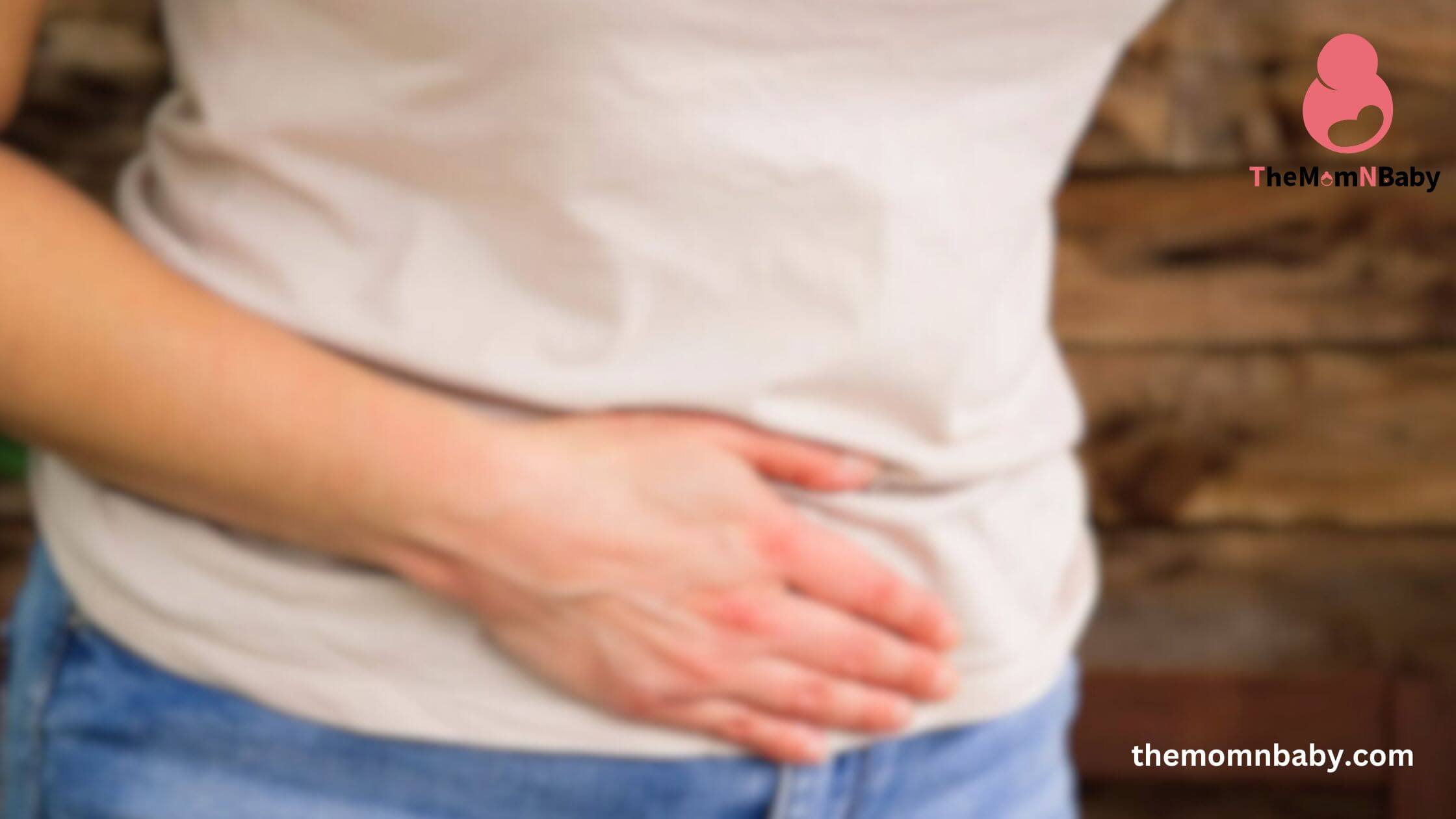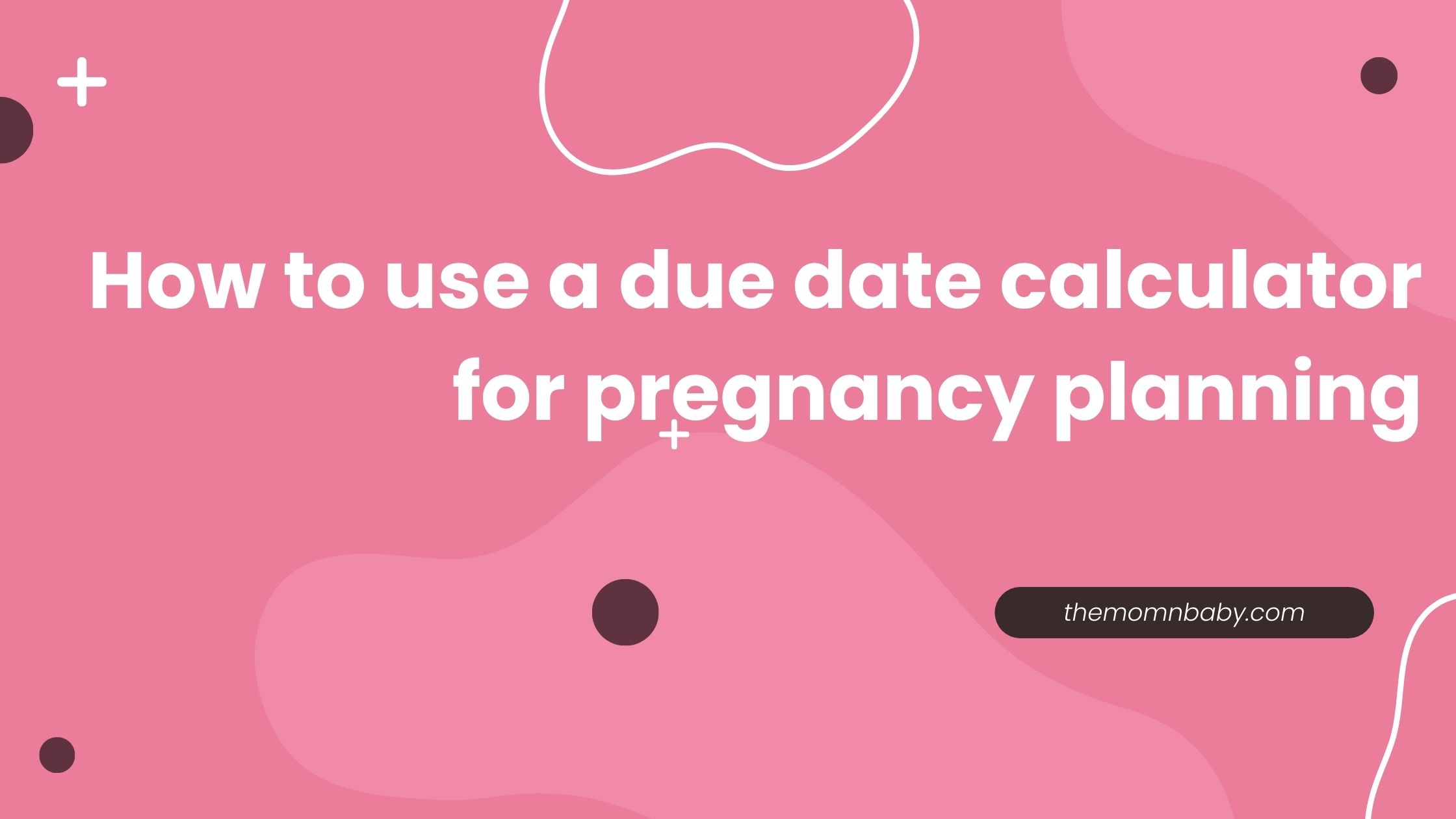
All About Belly Belt
Have you ever noticed women ties clothes or a broad belt on their lower belly and wondered why?
What is the purpose behind it?
Is it necessary or beneficial?
What happens if you choose not to wear it?
If you have these questions, don’t worry, as we will explore 20 benefits of wearing a belly belt to shed light on these queries.
Pregnancy brings about significant changes to a woman’s body, with the growing belly placing strain on the lower back and abdomen. Using a belly belt during pregnancy offers crucial support and enhances comfort. The belt helps distribute the weight more evenly, alleviating lower back pain and promoting better posture. It supports the abdominal muscles, reducing discomfort and the risk of diastasis recti. A belly belt also improves spinal alignment, minimizing strain on the spine.
By providing stability and support, it enhances ease of movement, making daily activities more comfortable. Overall, a belly belt plays a valuable role in helping expectant mothers navigate the physical challenges of pregnancy with greater comfort and well-being.
Throughout this article, we will explore 20 benefits of using a belly belts, highlighting why it is a valuable tool for expectant mothers.
10 Benefits of Belly Belts During Pregnancy:
1.Alleviates Lower Back Pain:
- A belt provides targeted support to the lower back, which can become strained due to the weight of the growing belly. It helps reduce pain and discomfort in this area.
2. Supports Abdominal Muscles:
- By offering gentle compression and support, a belly belts helps maintain the tone of the abdominal muscles. This support reduces the risk of diastasis recti, a condition characterized by the separation of the abdominal muscles.
3. Relieves Pelvic Pressure:
- Belts provide support to the pelvic area, reducing discomfort and pressure on the pelvis. This can be particularly beneficial as the pregnancy progresses and the pelvis undergoes changes.
4. Belly Belt Promotes Better Posture:
- As the belly grows, the body’s center of gravity shifts, which can affect posture. Wearing a belt helps distribute the weight more evenly, promoting better posture and reducing strain on the spine.
5. Enhances Comfort During Movement:
- A belly belt provides stability and support, making movements such as walking, bending, and exercising more comfortable. It helps reduce discomfort and strain on the body.
6. Supports Ligaments and Joints:
- Pregnancy hormones loosen ligaments and joints to prepare the body for childbirth. However, this can lead to instability and discomfort. Using belt offers added support to these structures, reducing the risk of strains and discomfort.
7. Reduces Urinary Frequency:
- As the uterus expands, it can put pressure on the bladder, resulting in increased urinary frequency. Wearing a belly belt helps lift the uterus off the bladder, reducing pressure and minimizing the need for frequent trips to the restroom.
8. Aids in Exercise:
- Belly belts provide support and stability during physical activities, allowing expectant mothers to engage in safe and comfortable exercise routines. This promotes overall fitness and well-being during pregnancy.
9. Improves Blood Circulation:
- By providing gentle compression to the abdomen, a belly belt enhances blood circulation. This improved circulation benefits both the mother and the developing baby, ensuring optimal oxygen and nutrient supply.
10.Boosts Emotional Well-being:
- The physical support and comfort provided by a belly belt can have positive effects on emotional well-being. It promotes a sense of security and comfort, reducing stress and enhancing the overall pregnancy experience.
10 Benefits of Belly Belts After Pregnancy:
1. Supports Postpartum Healing:
- Wearing a belly belt after childbirth provides gentle support to the abdominal muscles, aiding in their recovery and healing process.
2. Belly Belt Helps in Abdominal Muscle Recovery:
- A belly belt promotes the reconnection and strengthening of abdominal muscles. It assists in regaining muscle tone and reducing diastasis recti, facilitating a faster recovery of the abdominal area.
3. Belly Belt Provides Back Support:
- During the postpartum period, the lower back can still experience strain due to hormonal changes and new parenting tasks. A belt offers ongoing support to the lower back, reducing discomfort and providing relief.
4. Belly Belt Promotes Proper Posture:
- Maintaining good posture is important in the postpartum period. Wearing a belly belts provides gentle reminders and support, aiding in proper posture alignment.
5. Aids in Comfortable Movement:
- After childbirth, daily movements and activities can still place strain on the body. Wearing a belt provides stability and support, allowing for more comfortable and supported movement.
6. Offers Confidence and Security:
- A belly belts can provide a sense of security and support, boosting confidence and well-being during the postpartum phase. It offers reassurance and aids in the recovery process.
7. Assists in Waistline Recovery:
- A belly belts aids in gradually returning the waistline to its pre-pregnancy shape. It provides support and compression to the abdominal area, helping to tone and shape the waistline.
8. Belly Belt Reduces Discomfort During Breastfeeding:
- Breastfeeding can sometimes lead to lower back discomfort. Wearing a belt provides extra support and relief to the lower back and abdominal muscles during breastfeeding sessions.
9. Belly Belt Helps with Core Strength:
- Wearing a belly belt engages the core muscles, aiding in the recovery of core strength and stability. It supports the muscles during daily activities and encourages a faster recovery of core strength.
10 Facilitates Emotional Healing:
- The physical support and comfort provided by a belt can contribute to emotional healing and well-being during the postpartum period. It offers a sense of comfort and security during this transformative phase of motherhood.
When Not to Wear a Belly Belt During or After Pregnancy:
Be careful if wear a Belly Belt :
- If you have open wounds or infections on your belly, it’s best not to wear a belly belt. It may hinder healing and worsen the condition.
- If you experience any allergic reactions or skin irritations when wearing a belly belt, stop using it right away.
- If you have high blood pressure or heart conditions, it’s important to consult your healthcare provider before wearing a belly belt. It could affect blood flow and potentially worsen these conditions.
- If you’re at risk of preterm labor or have been advised to avoid abdominal pressure, it’s recommended to avoid wearing a belly belt. The pressure could stimulate contractions and increase the risk of preterm labor.
- If wearing a belly belt causes excessive discomfort, pain, or restricts your movement, it’s better to stop using it.
- You can wear a belly belt during any trimester of pregnancy, but if it makes you uncomfortable or affects your breathing, it’s best to skip it.
- If you have postpartum complications or have recently had abdominal surgery, consult your healthcare provider before using a belly belts.
- They can guide you on when it’s safe to use and if it will interfere with healing.
- If wearing a belly belts after delivery causes discomfort, pain, or affects the healing process, it’s recommended to stop using it and consult your healthcare provider.
- If the belly belt doesn’t fit well or doesn’t work with your clothing choices, it may not be practical or comfortable to wear.
Ultimately, it’s your personal preference whether to wear a belt or not, but it’s always wise to consult your healthcare provider for personalized advice.
Conclusion about using Belly Belts:
Using a belts during and after pregnancy offers numerous benefits for expectant and new mothers. From alleviating pain, supporting abdominal muscles, and enhancing posture during pregnancy to aiding in postpartum healing, providing back support, and assisting in regaining abdominal muscle tone, a belt is a valuable tool throughout the journey of motherhood. Incorporating a belly belt into pregnancy and postpartum routines can lead to a more comfortable, supported, and confident transition into motherhood.
FAQ About Using Belly Belt
Q: Is it safe to wear a belly belt during pregnancy?
A: Yes, wearing a belly belt during pregnancy is generally considered safe. However, it’s important to listen to your body and consult with your healthcare provider to ensure it’s suitable for your specific situation.
Q: When should I start wearing a belly belt during pregnancy?
A: You can start wearing a belly belt as soon as you feel the need for additional support, which is typically around the second trimester when the belly starts to grow.
Q: How long can I wear a belt during the day?
A: It is recommended to wear a belt for a few hours at a time, allowing breaks to promote circulation and prevent discomfort. Follow the instructions provided by the manufacturer and listen to your body’s signals.
Q: Can I sleep with a belt?
A: It is generally not recommended to sleep with a belly belt on, as it’s important to give your body freedom of movement and allow proper blood circulation during sleep. Consult your doctor for advice.
Q: Can wearing a belly belt help with postpartum recovery?
A: Yes, wearing a belt after delivery can provide support to the abdominal muscles and back, aiding in postpartum recovery. It can help with muscle toning, promoting proper posture, and providing comfort during the healing process.
Q: How long should I wear a belt after delivery?
A: The duration of wearing a belly belts after delivery varies for each individual. It is advisable to follow your healthcare provider’s guidance on when to start and how long to wear it based on your specific circumstances and postpartum recovery progress.
Q: Are there any risks or side effects of wearing a belly belts?
A: When used correctly, belts are generally safe. However, some individuals may experience discomfort, skin irritation, or allergic reactions to the materials used. It is essential to discontinue use if any adverse effects occur and consult with a healthcare provider.
Q: Can I wear a belly belts if I have a C-section?
A: It is important to consult with your healthcare provider before wearing a belt after a C-section. They can provide guidance on when it is safe to use and ensure it does not interfere with the healing process.
Q: Should I continue wearing a belly belts if it becomes uncomfortable?
A: No, if wearing a belt becomes uncomfortable or causes pain, it is best to discontinue use. Comfort should always be a priority, and you can explore alternative support options or consult with your healthcare provider for recommendations.
Also Read : Labor And Delivery Preparation : What To Expect | Birth Experience
Also Read : Top 13 Tips And Advice : For Pregnant Women Exploring The World





